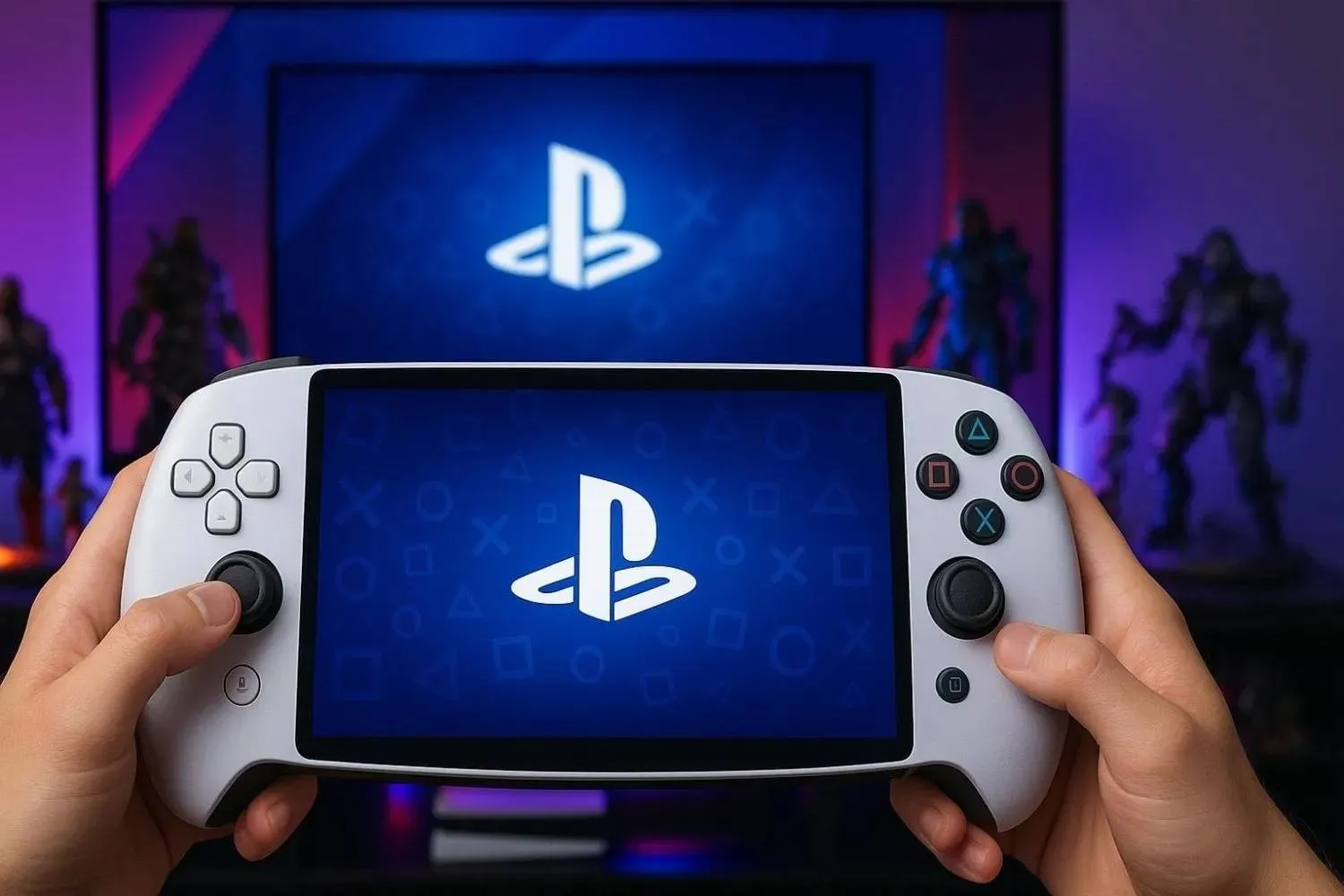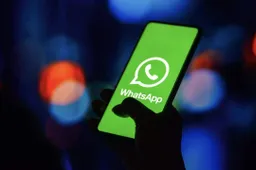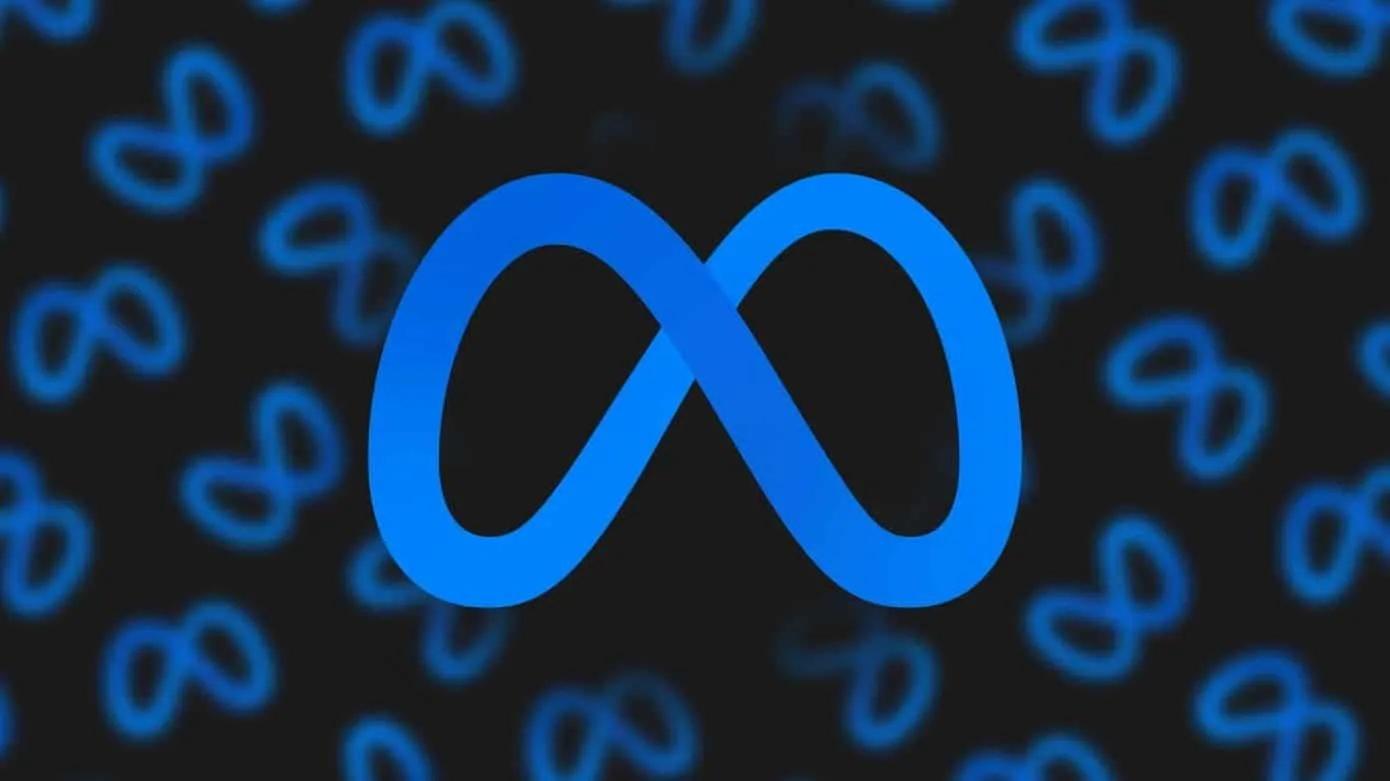
Mark Zuckerberg, CEO of Meta, declared today that Meta Verified is now live on Facebook and Instagram in the US. Users may add the prized blue check mark to their Instagram and Facebook pages for a monthly price through the paid service. This service actually debuted in Australia and New Zealand last month. On the web, Meta's Paid Verification Service costs $11.99 per month, and on mobile, it costs $14.99.
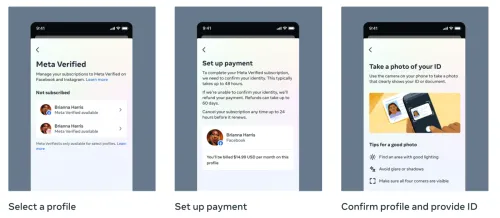
“Meta Verified is rolling out in the US today,” Zuckerberg stated on Friday in the Meta Channel on Instagram. “You can get a badge, proactive impersonation protection and direct access to customer support.”
From today, you may sign up for the paid service online and get put on the queue. You will also need to pay a monthly charge and be at least 18 years old. Before being authorized for a Meta's paid verification service, you must complete the vetting process and present a govt photo ID to prove your identity. Moreover, two-factor login is vital. Only those who are prepared to go through the audit process will be able to update their profile name, photo, username, or date of birth.
Meta's Paid Verification comes with some perks
With Meta's Paid Verification Service, you can help other people by giving them 100 Facebook Stars each month along with exclusive stickers for Facebook, Instagram, and Facebook Reels.
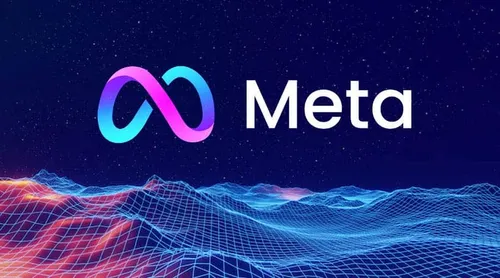
In an email to TechCrunch, Meta stated that its initial test in Australia and New Zealand had "good results" and that it was noting some of the early user input. In Australia and New Zealand, a Meta Verified subscription delivers better access and reach in search, comments, and referrals. Users had stated that this product was unclear, so Meta aims to further study it before thinking about taking it outside of Australia and New Zealand.
Meta borrows from Twitter
The new Meta paid verification service seems to be taking a clue from Elon Musk's Twitter playbook.
Recall that a few months ago, Twitter created the new premium verification for $8 per month through its new Twitter Blue subscription service after the Tesla CEO acquired Twitter last fall. Users who are already verified on Facebook and Instagram won't have to pay for their verification, in contrast to Twitter's playbook. Although Musk has vowed to do so, he hasn't yet done away with legacy verification badges.
Due to the fact that it was formerly exclusively available to public individuals like politicians, celebrities, artists, athletes, and journalists, the blue checkmark has become a prized icon on social media sites. Blue checkmarks should be available to everyone, according to Musk, who has campaigned against this notion.
Since its start, Meta has chosen not to charge users for the majority of its services. But it's obvious that this is about to change. It's worth noting that Meta and Twitter aren't the only firms to have created paid services. Last year, Snap also did so and has since converted 2.5 million users into paying clients.
You must go to your Facebook or Instagram settings and select "Accounts Center" to begin using Meta Verified. You will notice "Meta Verified available" beside your name and profile photo if the premium exists for your account. Users must next choose their preferred mode of payment for their monthly plan and finish the verification procedure.
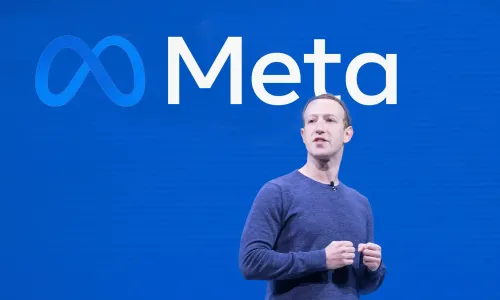
Criticisms for paid verification
There have been some criticisms of paid verification services. However, it appears that Twitter takes the hit much more than other platforms that have used these services. Even the Meta Paid Verification Service was not as criticized as Twitter. Twitter Blue, which is a paid subscription service offered by Twitter, has faced some criticism since its launch. Some of the main criticisms of Twitter Blue are:
- It creates a two-tier system: Twitter Blue offers certain features, such as the ability to undo tweets, that are not available to non-subscribers. This has led to criticism that Twitter is creating a two-tier system, where those who can afford to pay for the service have access to more features than those who cannot.
- It goes against the spirit of Twitter: Twitter has always been a platform that is free and open to everyone. The introduction of a paid subscription service goes against this spirit, and some users feel that it goes against the values that Twitter was founded on.
- The features are not worth the price: Some users feel that the features offered by Twitter Blue, such as the ability to undo tweets or change the app icon, are not worth the price of the subscription. They argue that these features should be available to all users, regardless of whether they are paying or not.
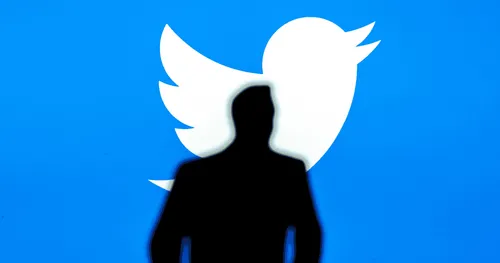
More criticisms
- It does not address the main issues with Twitter: Twitter has faced criticism for issues such as harassment, hate speech, and misinformation. Some users feel that the introduction of a paid subscription service does not address these issues and that Twitter should be focusing on improving the overall user experience rather than introducing new features for paying subscribers.
- It could lead to more ads: Some users are concerned that the introduction of a paid subscription service could lead to more ads on the platform. They worry that Twitter may try to monetize its free users more heavily in order to make up for the revenue lost from those who subscribe to Twitter Blue.
Conclusion
In as much as paid verification has some downsides, it's good to look at the positive side. You do not need to be a celebrity or some sort of public figure to be verified. A regular person whom people will like to talk to could also get verification. This will make people know that they are talking to the real person.
Popular News
Latest News
Loading
